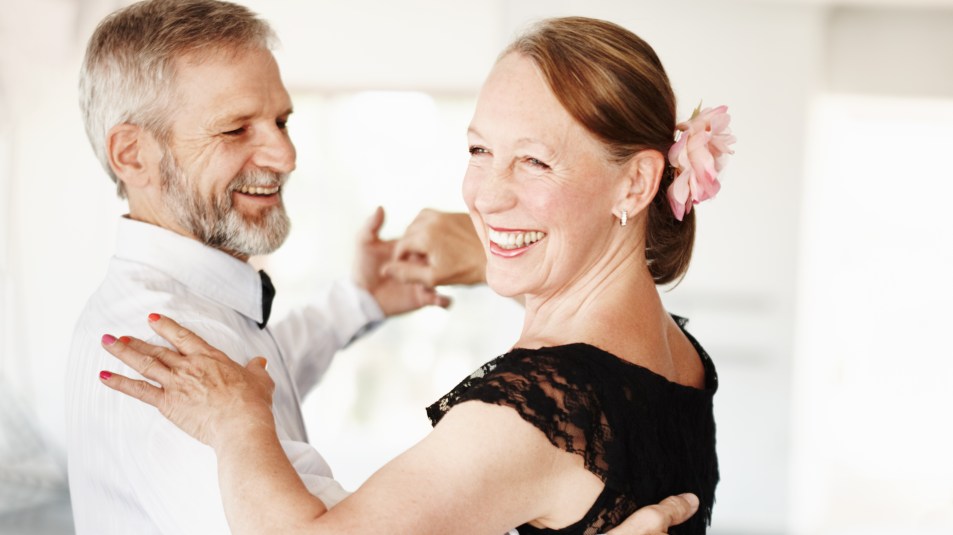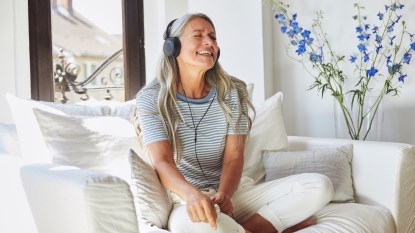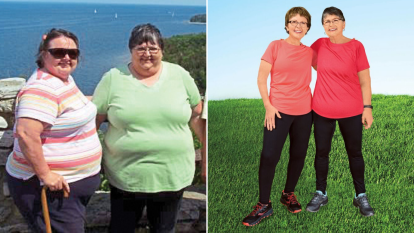Halt or Slow the Progression of Parkinson’s Disease With This Fun Activity

If you’re living with mild to moderate Parkinson’s disease, the symptoms can be debilitating. Because the disease is characterized by nerve cell damage in the brain, symptoms can rage from mild to severe tremors, slow movement, muscle tightness, and loss of balance. While prescribed medications can certainly help, a new study shows that taking a weekly dance class could help you put the pep back in your step and give you your joy back.
Dancing Slows the Progression of Parkinson’s
According to the new research out of York University, taking a dance class weekly significantly improves motor function and daily living for those with mild to moderate Parkinson’s disease. The aim of the study was to create a long-term “neurorehabilitation strategy” that could help those struggling with Parkinson’s.
The researchers aimed to find out how a multi-sensory activity (like dance with music learning) could affect mood, cognitive function, and motor function of those with the disease. For the study, 16 participants of average age 69 with mild-to-moderate Parkinson’s were recruited and tested for three consecutive years. Each person took part in a 75-minute weekly dance class at designated locations.
The classes began with live music during a seated warm-up, after which the subjects completed a barre routine, and ended with moving across the floor. They learned specific dance choreography for a real performance at the end of the trial, and the dance routine provided both aerobic and anaerobic movements. The subjects completed questionnaires about their symptom progression and researchers recorded videos which helped them conduct their analysis. This group was then compared to a reference group of 16 individuals with Parkinson’s who did not participate in a dance class.
Results of the study showed that patients who took the dance class had less motor impairment and significant improvements in tremors, balance, and speech, compared to those who didn’t take the dance class. On top of that, the data showed that the dance group experienced less cognitive impairment, hallucinations, depression, and anxious or sad moods than the group who didn’t dance.
The researchers say these results reflect how dancing, especially in a social environment, activates the brain. “The experience of performing and being in a studio environment with dance instructors appears to provide benefits for these individuals,” said Joseph DeSouza, senior author of the study. “Generally, what we know is that dance activates brain areas in those without PD. For those with Parkinson’s disease, even mild motor impairment can impact their daily functioning… how they feel about themselves.”
And as the scientists describes, this decline has other consequences which may worsen the condition. “Many of these motor symptoms lead to isolation because once they get extreme, these people don’t want to go out, ” DeSouza explains. “These motor symptoms lead to further psychological issues, depression, social isolation and eventually the symptoms do get worse over time. Our study shows that training with dance and music can slow this down and improve their daily living and daily function.”
So, whether you’ve got mild to moderate Parkinson’s, or you’re just trying to keep your brain sharp as the years go by, sign up for a local dance class and get your body moving. Not only will it strengthen your brain, but it’ll uplift your spirits, too!













